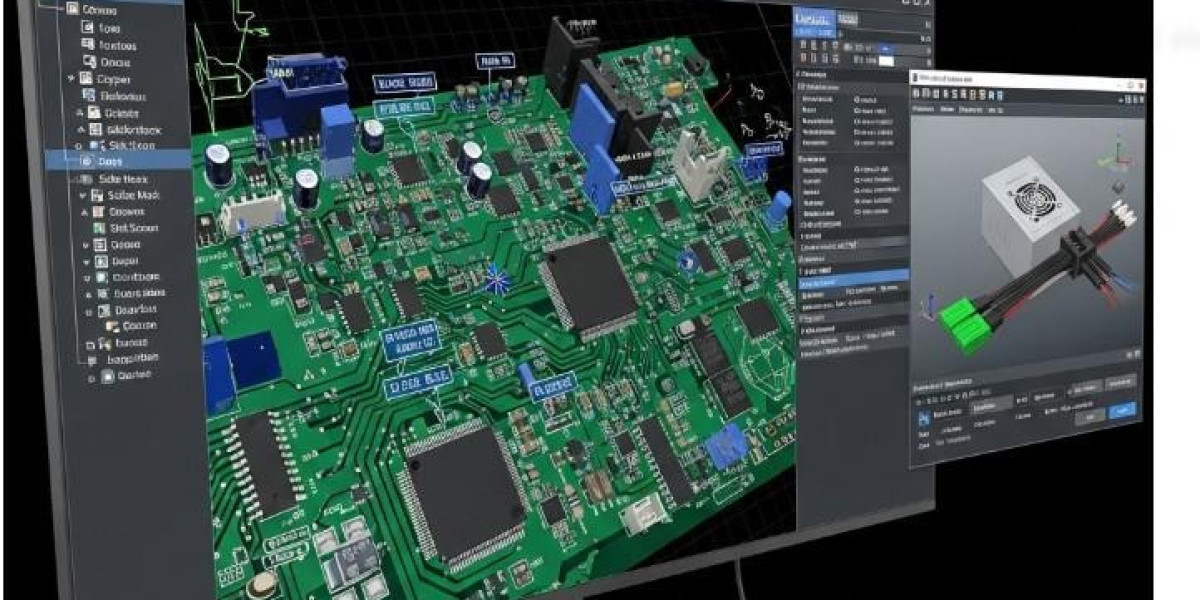The modern Electrical and Electronic Computer Aided Design Market industry is not simply a collection of software companies; it is a complex and deeply interconnected ecosystem of partners, customers, and enablers who collectively drive the advancement of electronics. At the very center of this ecosystem are the ECAD software vendors themselves, ranging from the large, dominant players to smaller, specialized tool providers. These companies are the engine of innovation, investing heavily in R&D to create the design and verification platforms that the rest of the industry depends on. Their success is intrinsically linked to the success of their customers, creating a highly symbiotic relationship. The primary customers and partners are the semiconductor companies, which are further divided into fabless design houses (who design chips but outsource manufacturing), Integrated Device Manufacturers (IDMs, who design and manufacture their own chips), and pure-play foundries (who manufacture chips designed by others). The collaboration between ECAD vendors and foundries is particularly critical, as design tools must be meticulously calibrated and certified for the complex manufacturing rules of each new process node, ensuring that a chip designed in software can be successfully produced in silicon.
The ecosystem extends outward to include the vast number of Original Equipment Manufacturers (OEMs) and system design houses that create the final electronic products. Companies in sectors like consumer electronics, automotive, aerospace, and telecommunications rely on ECAD tools to design the printed circuit boards (PCBs) and systems that incorporate the chips produced by the semiconductor companies. Their feedback and requirements drive the development of new features in ECAD software, particularly in areas like system-level design, thermal analysis, and signal integrity. Another vital part of the ecosystem is the intellectual property (IP) providers. These companies specialize in developing and licensing pre-designed and pre-verified functional blocks, such as ARM processor cores or Synopsys's interface IP. These IP blocks are integrated into the libraries of ECAD tools, allowing chip designers to quickly assemble complex SoCs without having to design every single component from scratch. This third-party IP market is a critical enabler of productivity and innovation within the broader industry.
Rounding out the ecosystem are several other key stakeholders, including academic institutions, design service firms, and standards bodies. Universities and research institutions play a crucial role in training the next generation of engineers and conducting the fundamental research that leads to new design methodologies and algorithms. Many of the foundational breakthroughs in EDA originated in academia. Design service firms are third-party consultancies that provide expert design and verification services, helping companies that may lack specific in-house expertise or need to augment their teams for a large project. Finally, standards bodies like the IEEE and Si2 are essential for creating the common file formats (e.g., Verilog, VHDL, GDSII) and interoperability standards that allow tools from different vendors to work together in a cohesive design flow. This intricate network of collaboration and interdependence between software vendors, chip makers, system designers, IP providers, and academia is what makes the ECAD industry a dynamic and powerful engine of technological progress.








